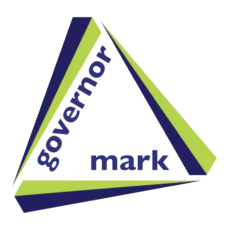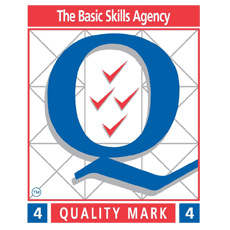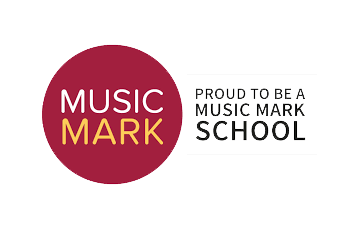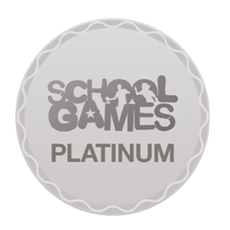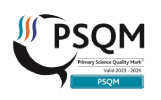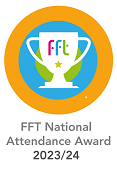Phonics and Early Reading
Phonics and Early Reading
At Eccleston Lane Ends, we believe that reading is a skill which is taught through planned, systematic phonics lessons which lead to the enjoyment of all kinds of books, the appreciation of different genres and the ability to access information independently. Through their own reading, we hope that children will develop their individual tastes in literature and be able to understand and justify their own choice of books.
Our primary aims are:
-To develop phonetic skills which lead to blending and reading fluently.
-To promote confidence and positive attitudes to reading.
-To promote and encourage good home/school links using a wide range of literature.
-To equip children with critical tools so they are able to analyse what they read.
-To give children access to a wide range of fiction and information books.
-To monitor each child’s progress through the use of a range of assessment strategies including informal assessments and formal testing as appropriate.
-To support groups of learners in maximising their reading potential including those with special educational needs or those children who display gifts and talents.
Approach
At Eccleston Lane Ends Primary School we follow the Read Write Inc approach to teaching Reading and Phonics, supplemented with additional reading materials. Our approach is systematic, consistent, rigorous and fun in order that all children become readers as quickly as possible.
We use the same phonics programme across the school providing continuity and a vehicle for guaranteed progression.
RWI sessions take place daily as part of the English curriculum in Reception, Year 1 and Year 2 (until no longer needed by all children). Some children will require additional Read, Write Inc sessions or other reading intervention programmes beyond Year 2. These are monitored through our additional needs system.
The children are assessed regularly by our Phonics Leader - Mrs Farrell. Pupils are taught in ability groups thus enabling them to be taught according to their reading level in their own class by a fully trained RWInc teacher or teaching assistant.
The alphabetic code is taught first with children learning new sounds and practising pronouncing and blending these sounds on a daily basis. Simple mnemonics help the children grasp the letter sounds quickly. Then we match the sounds pupils know to the books they read, getting children to read those books a few times which helps them to read using a story tellers voice. Additionally children hear lots of other stories in school thus increasing their story knowledge and vocabulary.
Long Term Plan
The long-term plan below shows the expected progression through the Read Write Inc programme starting from our earliest readers in EYFS until the children are off the programme.
The Read Write Inc Progression chart:

The children are taught the sounds in 3 sets.
Step 1:
Set 1 Sounds are taught in the following order together with rhymes to help children form the letters correctly and instantly recognise sounds ready for blending.
The children are then taught the set 2 & set 3 sounds.

What Can You Do To Help?
Parent video: What is Read Write Inc Phonics
Watch this video to find out what phonics is and how your child's phonic lessons help them to read.
Every week, each child will take home a home reading book/books and log. To supplement the skills learnt at school your child should have opportunity to read at home too for 10 minutes per day.
For reluctant readers it might be nice to share the reading. If an adult reads the book with them, it will give the child confidence for when they read, as they will know what to expect in the story and they can enjoy the story with you first. Reading alternate pages together, as in Read Write Inc. lessons, takes the pressure off your child having to read for a long time.
Let your child ask you questions about the book, "Which is your favourite character, dad?" "Were you scared/happy about what happened in the book, mum?" This will help your child think about and verbalise answers; especially when they see you doing it too.
WE LOVE READING AT HOME!
If your child would like to practise their letter formation, Read, Write Inc have rhymes for each of the letters to help the children shape them correctly.
Read Write Inc Books
Please encourage your child to read though the speed sounds page first, then the green and red words page and then check your child understands the meaning of words on the vocabulary check page, before they start reading the book. Your child will have read this book before they bring it home. They should be able to read this book with fluency and expression by the time they bring it home and they should have a good comprehension of what the book is about. At the back of the book are find it/prove it questions for you to do with your child.
Finally, don't worry if your child is struggling at first with their sounds and words, they will get there in their own time. If you have time (we know it is very precious!), we would urge you to try and read stories to your child before they go to bed. This will help develop a wider vocabulary which makes a vast difference to their quality of writing but it will also encourage them to enjoy a good story.
For more information please ask your child’s class teacher, Mrs Farrell or visit the links below:
https://www.ruthmiskin.com/en/find-out-more/parents/
https://home.oxfordowl.co.uk/reading/reading-schemes-oxford-levels/read-write-inc-phonics-guide/
Sign up to Oxford Owl to access some free ebooks to read and share at home.
Y1 Phonics Screening Check
The Phonics Screening Check is meant to show how well your child can use the phonics skills they’ve learned up to the end of Year 1, and to identify students who need extra phonics help. The Department for Education defines the checks as “short, light-touch assessments” that take about four to nine minutes to complete.
The checks consist of 40 words and non-words that your child will be asked to read one-on-one with a teacher. Non-words (or nonsense words, or alien words) are a collection of letters that will follow phonics rules your child has been taught, but don’t mean anything – your child will need to read these with the correct sounds to show that they understand the phonics rules behind them.
Please find past paper practise materials below:
Please follow the universal link and select for previous years.

The 40 words and non-words are divided into two sections – one with simple word structures of three or four letters, and one with more complex word structures of five or six letters. The teacher administering the check with your child will give them a few practice words to read first – including some non-words – so they understand more about what they have to do. Each of the non-words is presented with a picture of a monster / alien, as if the word were their name (and so your child doesn't think the word is a mistake because it doesn't make sense!)
Reading Books
In addition to Read, Write Inc Phonics books, we use a range of other reading books to ensure children have a wide and engaging range to choose from to develop a love of reading. We have many other books in our class libraries and main school library and encourage children to read widely and regularly.




